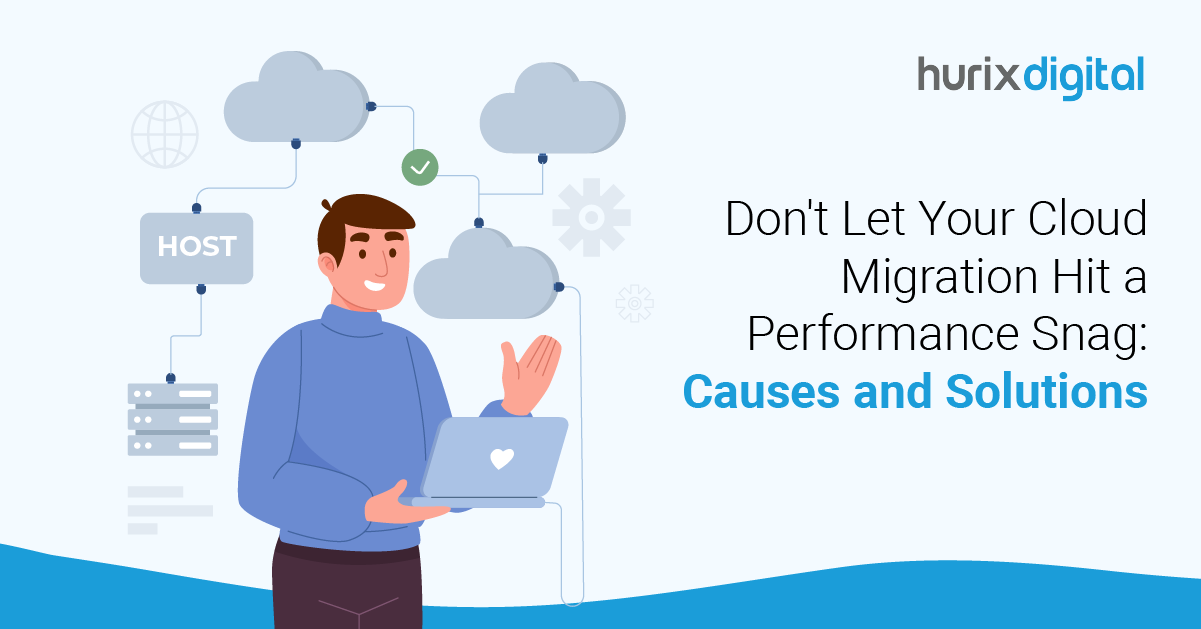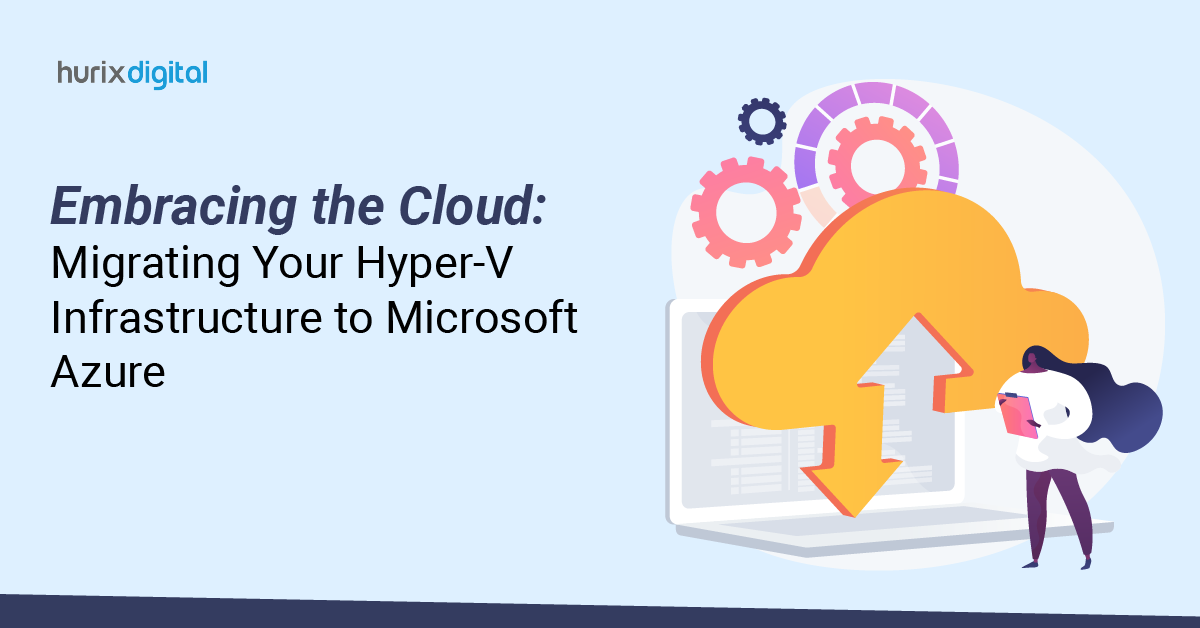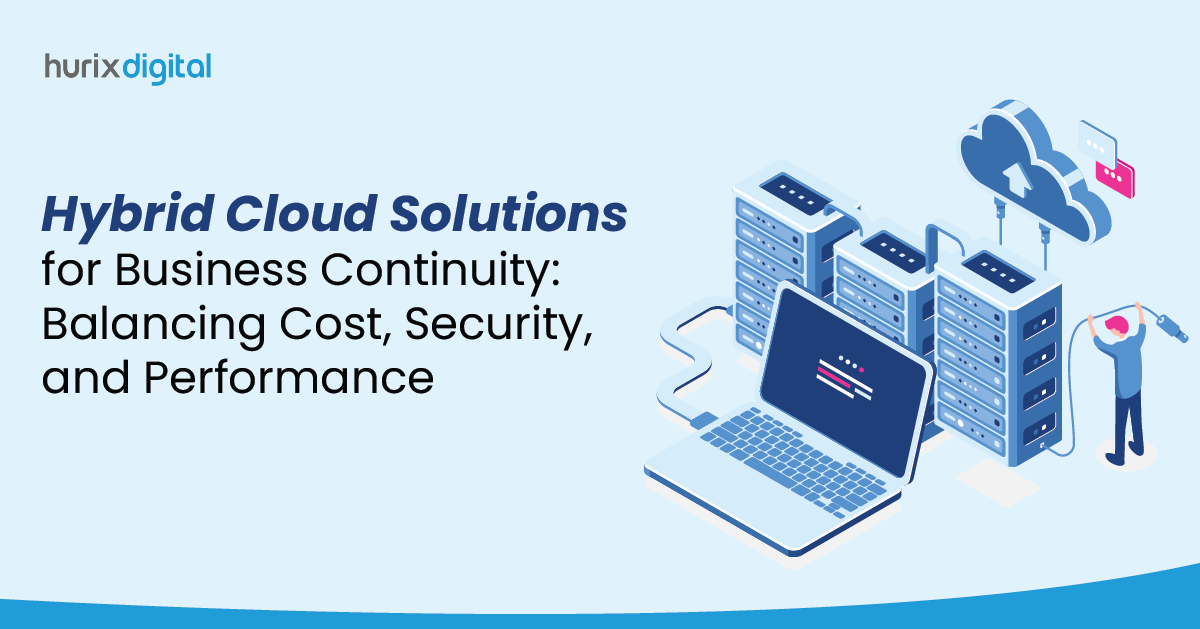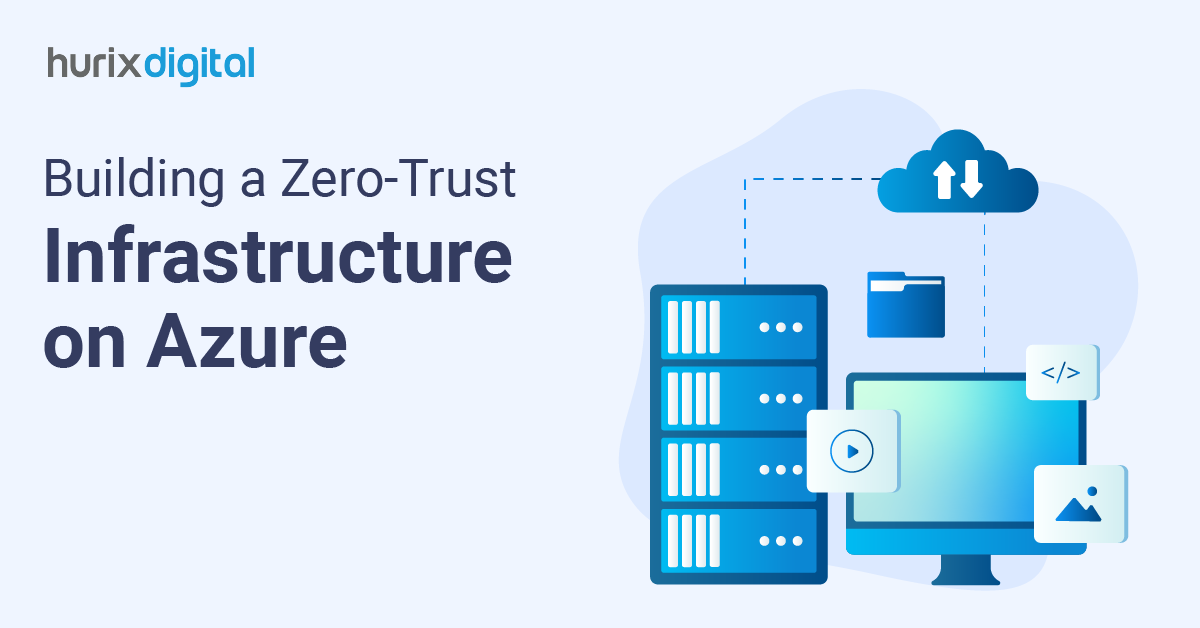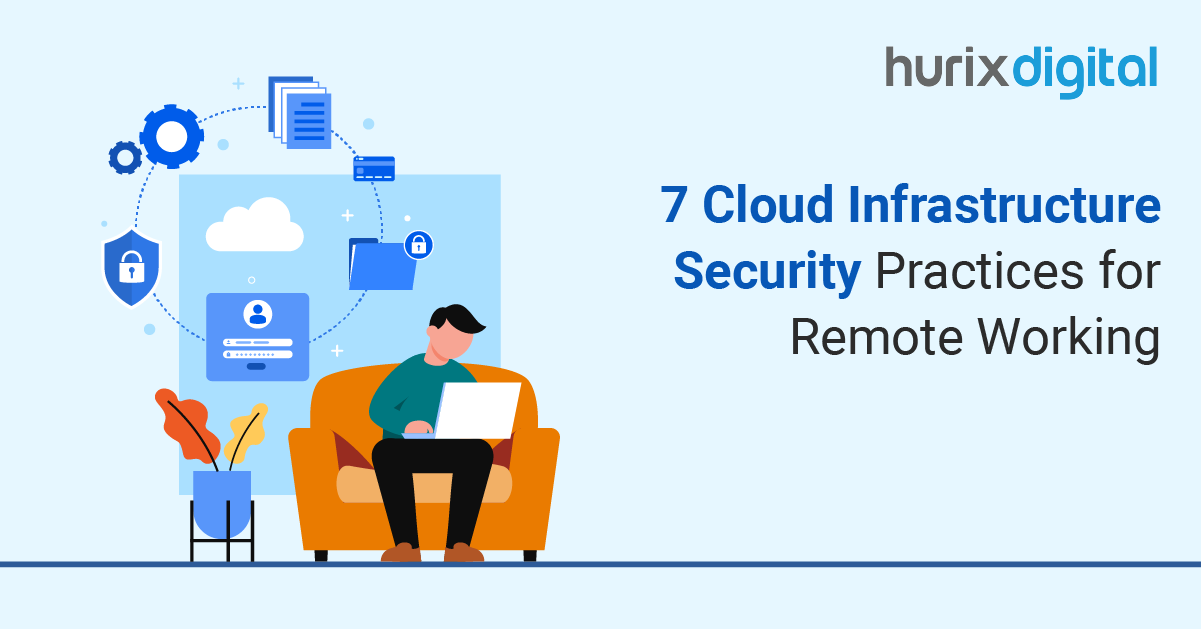
7 Cloud Infrastructure Security Practices for Remote Working
Summarize with:
The focus on workplace settings has rapidly evolved in recent years, giving way to a considerable spotlight on remote work. While on-field job profiles have not changed dramatically, remote work has brought about significant changes, from hiring strategies to optimizing the bottom line.
Businesses now tap into the $587.78 billion cloud computing market to ensure their remote workforce functions without geographical barriers. That said, whether for existing on-field roles or new remote profiles, cloud computing service must also come with a robust security framework. That’s where cloud infrastructure security matters.
Cloud infrastructure security can potentially secure your data and enhance the efficiency of your remote workforce. This article will elaborate on its importance and equip you with seven best practices to freely adopt appropriate work profiles without compromising digital infrastructure.
Table of Contents:
- A Quick Recap: The Importance of Remote Workforce
- The Importance of Cloud Infrastructure Security
- 7 Best Practices to Strengthen Cloud Infrastructure Security
- Building a Efficient and Secure Remote Workspace
A Quick Recap: The Importance of Remote Workforce
Before how to strengthen security in your cloud-based infrastructure, let’s cover the potential of remote work. Here are the key benefits of a remote workforce:
- Employee Satisfaction: Complete or hybrid remote profile promotes better work-life balance and job satisfaction.
- Optimizes Costs: Switching to a remote setting for specific job profiles will optimize overheads such as rent, electricity, and transportation.
- Customer Satisfaction: Enabling on-field workforces in service and sales can strengthen customer satisfaction and rapport.
According to a global remote work survey by Delloite, over 80% of organizations have implemented some form of remote work policy. Maximizing these benefits may lead to a competitive revenue and employer branding advantage.
Let’s now move on to how cloud infrastructure security plays a role.
Also Read: Cost Optimization in Healthcare with Cloud-Managed IT Solutions
The Importance of Cloud Infrastructure Security
The shift toward remote work has made the digital workplace even busier. This invites new security challenges into regular operations. To highlight why cloud infrastructure security is crucial, here are its three essential functions:
- Protects Sensitive Data: Employees access company data from diverse locations and devices, significantly increasing the risk of data breaches. The primary duty of cloud infrastructure security is to guard sensitive data against loss, theft, and unauthorized access.
- Maintains Business Continuity: Cyberattacks can disrupt operations, leading to financial losses and reputational damage. A secure cloud infrastructure is a resilient foundation, ensuring business continuity by preventing system downtime and data loss.
- Ensures Regulatory Compliance: Many industries are subject to stringent data privacy regulations (e.g., GDPR, CCPA). A secure cloud environment helps organizations meet compliance requirements by implementing appropriate security controls and safeguards.
With the vast scope in mind, let’s learn about key practices to strengthen your cloud infrastructure security.
7 Best Practices to Strengthen Cloud Infrastructure Security
Now that you have a clear idea of the potential of your remote workforce and the importance of robust cloud infrastructure solutions, here are seven best practices to keep your security measures top-notch:
1. Robust Identity and Access Management (IAM)
IAM is a framework of policies and technologies for managing user access to IT resources. Its primary focus is to prevent unauthorized access, reduce the risk of data breaches, and ensure compliance with regulations.
Here are essential tips to ensure a robust IAM:
- Enforce password complexity and expiration policies.
- Control the roles and permissions based on job functions.
- Regularly review and update access privileges.
2. Zero-Trust Architecture
Zero-trust assumes all devices, user profiles, and access requests must be verified before granting access. While this increases the number of handling, it also significantly reduces the cyber threat levels.
Here’s how you can adopt this practice efficiently,
- Implement multiple levels of authentication and authorization.
- Segment each network to isolate resources.
- Leverage additional cloud infrastructure services for advanced threat detection and response capabilities.
3. Secure Remote Access
This practice enables employees to connect to corporate networks from remote locations securely. Securing remote access protects sensitive data from unauthorized access and ensures business continuity.
Here are vital tips for securing remote access:
- Use robust encryption protocols (e.g., IPSec, SSL/TLS) for VPN connections.
- Regularly update VPN software and firmware.
- Consider a designated cloud infrastructure platform to separate access to main servers.
4. Data Encryption
Data encryption transforms data into an unreadable format and makes it accessible only with organization-specific algorithms. This helps fortify business operations by ensuring intercepted data cannot be used. Data encryption is also an integral part of data protection regulations, and adopting the practice ensures compliance.
Considering that this is focused on securing information flow, here are vital data encryption tips:
- Encrypt data both at rest and in transit.
- Use the latest encryption algorithms and benchmark key lengths.
- Regularly rotate encryption keys.
- Implement key management strategies to protect encryption keys.
5. Regular Security Assessments and Tests
This practice involves executing planned attacks and assessments to reveal the vulnerabilities of your cloud infrastructure solutions. It allows you to increase your awareness and work with your cloud infrastructure providers to improve with a clear roadmap.
Here are some best practices that will help you make the most of this approach:
- Incorporate assessment results into reciting the direction of cyber threats
- Use results to train employees while you resolve critical issues.
- Involve multiple stakeholders for a comprehensive and unbiased test.
- Continuously monitor for new vulnerabilities and threats.
6. Conduct Employee Security Awareness Training
Awareness training helps employees understand how the cloud infrastructure can be threatened and educates them on key practices that must be adopted to minimize threats. This practice is fundamental as it reduces the risk of human error and social engineering attacks.
Here are tips for creating effective security awareness training modules:
- Conduct regular training sessions and phishing simulations.
- Emphasize the importance of strong passwords and authorizations.
- Teach employees how to recognize and report suspicious activities.
- Promote a security-conscious culture within the organization.
7. Make Incident Response Plans Mandatory
Apart from strengthening cloud infrastructure company practices, a documented plan for responding to and recovering from a security incident must become mandatory. This practice helps minimize the impact of security incidents and reduce the overall time taken to restore operations.
Here are signs of a robust incident plan:
- Breakdown the entire plan into clear step-wise instructions
- Ensure the incident plan’s language is simple and easy to comprehend.
- Conduct regular incident response drills.
- Establish clear roles and responsibilities for incident response teams.
- Implement effective communication channels for incident response.
- Regularly update the incident response plan with the latest standards and occurrences.
Also Read: 12 Emerging Trends in Cloud Managed Services: Predictions for 2025
Building a Efficient and Secure Remote Workspace
Remote workforces can increase customer and employee satisfaction and reduce unnecessary expenses for a business. Adopting a robust cloud infrastructure security framework ensures that no threats hinder the realization of these benefits.
With the critical practices covered in this article, you are now ready to optimize your workplace environment with an aware remote workforce and a robust security system. All that’s left is developing the right workforce solution and comprehensive training modules to keep the system and its employees at the top of their game.
This is best executed with the help of solutions experts such as Hurix Digital, proven industry leaders in business optimization and cloud security solutions. So don’t hesitate to schedule a quick discovery session with the Hurix Digital team today!
Summarize with:

Vice President and Strategic Business Unit Head – Cloud Services
A top technology management voice on LinkedIn with 20 Years of experience in Information Technology, Cloud Services, Digital Transformation, Application Modernization, Managed Services, IT Security Engineering and Operations Management. An avid technology Leader, Leadership Speaker, Author & Coach.
 A Space for Thoughtful
A Space for Thoughtful 
